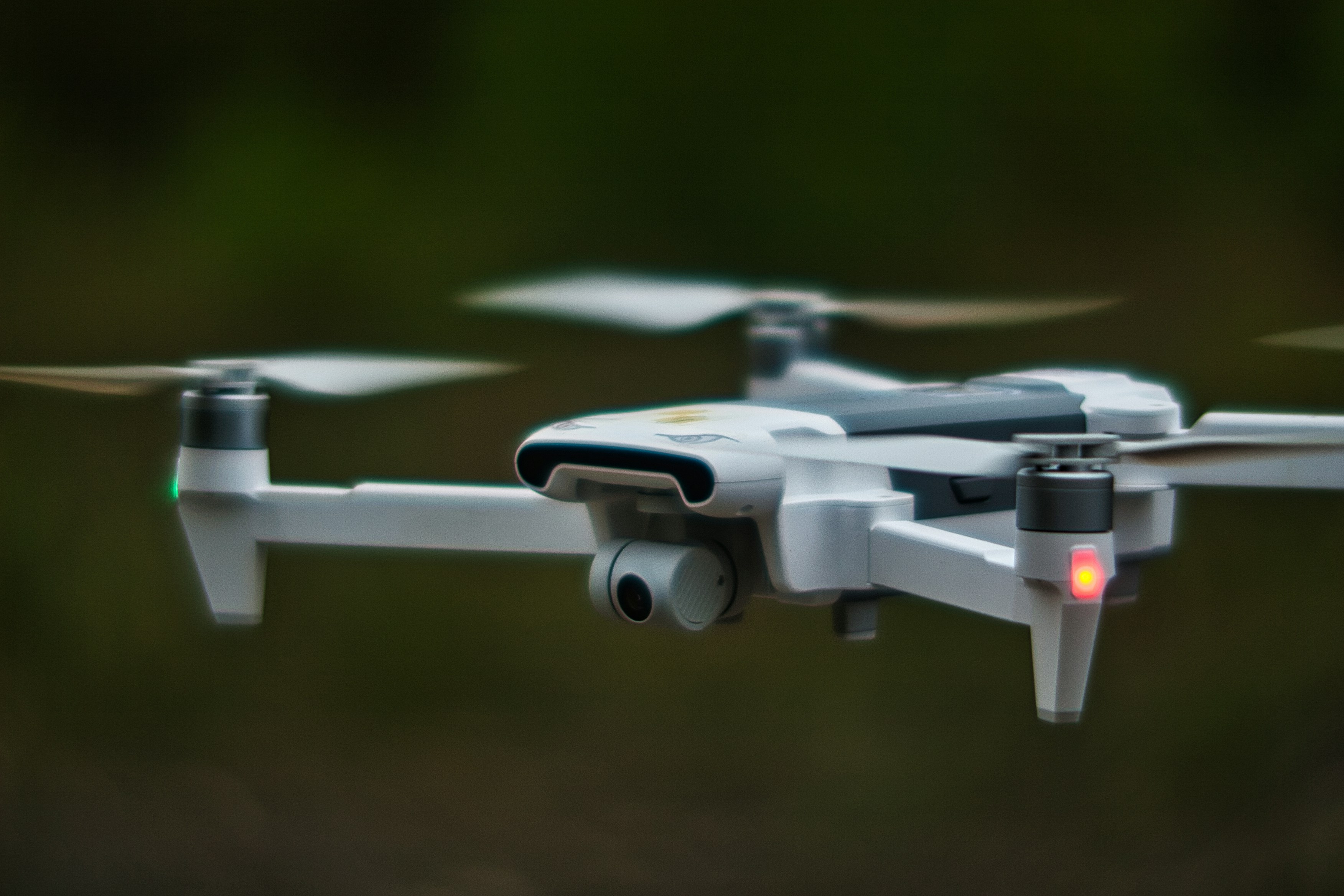Are you a Senior Engineering Leader / Engineering Manager with major multi-disciplinary Rail project experience such as Depots, Rail Maintenance Facility, Stations or similar?
Are you interested in heading up engineering for either £500m Washwood Heath Train Care Depot or £200m Calvert Infrastructure Maintenance Depot both projects are part of the High Speed Two Programme of work?
2 Lead Project Engineers / Engineering Managers are required to work for the Client Organisation (High Speed Two Ltd) responsible for the New High-Speed Rail project in the UK. The role is technical lead for the design and construction of two major train Depots reporting to the Head of Project Engineering managing a team of 2 or 3 Project Engineers. Both Depots are multi-disciplinary and effectively a ‘mini railway’ consisting of track, signalling, HV power, OCS/OLE, civil, architecture, utilities, comms etc.
Job Purpose
The Lead Project Engineer will execute legal and contractual technical duties on project engineering issues within a Railway Systems Project delivery team, leading progressive risk based integrated assurance of railway system design, construction and handover into operations; enabling configuration management, providing information exchange and facilitating technical co-ordination in a timely manner, in accordance with HS2 technical requirements, standards and policies.
The role supports the relevant Head of Project Engineering, Railway Systems as directed in discharging their duties as Principal Designer Representative under CDM2015, where co-ordination and interface management assurance is required to be evidenced.
Projects set to run until 2031/33 there are many challenges on the projects;- both depots have a complex set of stakeholders including the Train Maintainer, West Coast Partnership (shadow TOC), HS2 Infrastructure Maintainer on top of the Dft with all partners having certain requirements of the design. Washwood Heath Depot have further complexities in the fact that the council and many local neighbours are actively against the scheme and are giving very close scrutiny in terms of Environmental issues (biodiversity, Acoustics, lights & visibility). There are also many technical challenges for the build not least the signalling changing between ATO (Automatic Train Opening) and conventional signalling.
£500m HS2 Washwood Heath, Birmingham Depot - The depot is the operational heart of the HS2 network and is made up of several buildings & areas, including: - Maintenance Building, Network Integrated Control Centre (NICC), Cleaners & Drivers Building, Stabling Yard, office accommodation, Staff Welfare facilities. Challenges includes Signalling (ATO vs Conventional), complex engineering issue will be an underpass facility for the cleaners to move to different platforms this will be above the tracks. Also there will be lots of specialist equipment drops in the maintenance building and the NICC.
£200m Calvert Infrastructure Maintenance Depot (IMD)— includes - Workshops for heavy & light maintenance, Storage covered and open air, offices for IMD workforce, training facilities, base for British Transport police, On-track maintenance machines (OTM) storage & workshops. The challenge will be when the railhead (used to store material during construction of HS2) will be converted to the permanent IMD facility which happen in parallel. Interfaces with civils, East West Rail (EWR) and local authority are the main challenges.
Working Situation – Hybrid
The office location is Birmingham based for the Washwood Heath Depot (B8) and the Calvert Depot (MK18) can be based with Birmingham (pref) or London. They operate a flexible hybrid working model typically 2 days a week moving to 50% of the time when the roles move to site. Overall, this is a very flexible modern employer who cares about delivery not where you deliver from, however, if you wish to be based front the office more you can.
Salary
Birmingham £80 – 85,859 + Pen (6:12) + health + 25 days
London £90 – 94,560 Pen (6:12) + health + 25 days (potentially 99,288)
Duties & Responsibilities
- To lead the risk-based engineering technical assurance of Railway System as per the HS2 assurance requirements, through engineering review, checking and submission of assurance evidence for technical stage gates;
- To assure that design and construction of Railway Systems and interfacing assets comply with the technical and sponsor requirements and applicable standards, specifications and procedures by supporting planned Technical Assurance Reviews and “spot-checks” of Contractor’s deliverables;
- Actively manage and communicate engineering issues or change affecting Railway Systems, including the issuing of Technical Authority Communications (TACs) as required for approval at TauP/Change Panels
- Provide contractual responses as necessary to technical queries with respect to Railway Systems
- Maintain relevant Risks, Assumptions, Issues and Departures (RAID) logs and interface management tools used to enable effective system integration of Railway Systems and other neighbouring contracts.
- Provide guidance on design solutions for the asset, promoting use of best practice and innovative engineering techniques, technologies and processes, driving consistency and identifying opportunities for efficiencies
- To discharge the duties of Principal Designer (CDM Regulations 2015) Representative as directed by Engineering Director, Route Wide.
- To represent the Head of Project Engineering – Rail Systems as requested in matters relating to CDM Principal Designer, NEC3 Supervisor or any other defined technical duty
- To support Head of Project Engineering – Rail Systems with internal and external reporting and risk identification and mitigation of engineering matters;
- Work alongside Heads of Commercial and Project Clients to determine the impact of trends, progress and change with respect to cost, schedule and quality.
- Work alongside other technical specialists, engineers and environmentalists to identify and develop appropriate and cost balanced mitigation strategies and solutions, contributing to successful system integration between railway systems and other delivery contracts.
- To assure the technical co-ordination and integration of the railway systems supply contracts with other neighbouring contracts, station contracts, main works civils contracts and others
- To be the discipline engineer in technical areas for which they have the recognised technical competence and delegated authority.
Require Criteria
Qualified Senior Engineering Leader with major multi-disciplinary rail systems project experience, interested in people with Depots, Stations, New Railways, remodelling must have an understanding of railways systems – Track, Signalling, HV Power, OLE/OCS, Architecture, Civils etc.
Will have Design & Build experience of major rail projects, good knowledge of CDM2015 & understanding of principal designer responsibilities. Will be a complex problem solver combined with commercial acumen.
Will have leaderships skills and excellent stakeholder management skills – able to manage a complex technical project and a complex stakeholder environment. Open to people from Client, Contractor or consultant background


